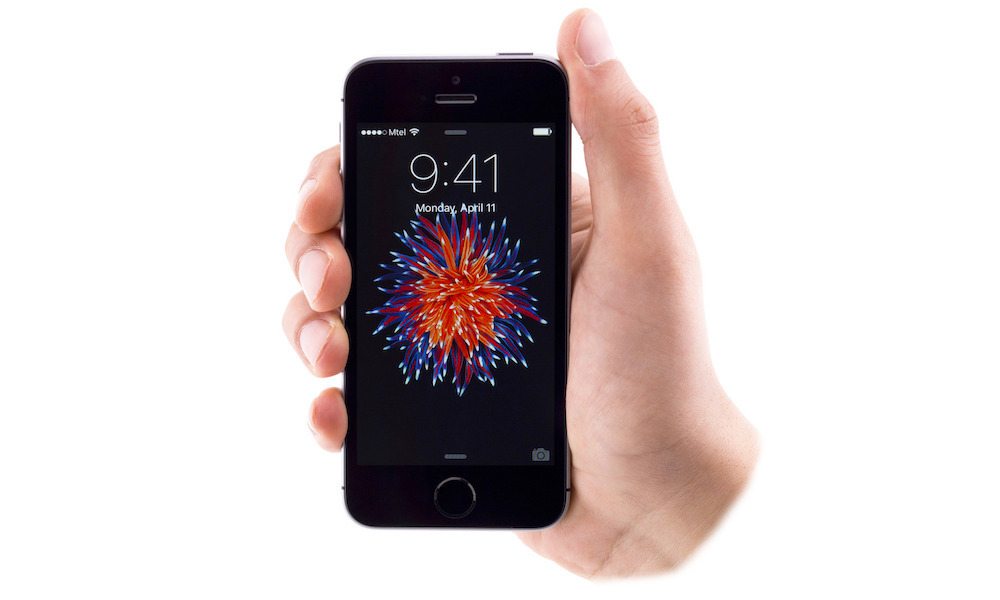Overwhelming Success of Apple’s iPhone SE Isn’t Necessarily ‘Good News’ up in Cupertino

Toggle Dark Mode
In the lead up to Apple’s March 21st “Let Us Loop You In” announcement of the iPad Pro 9.7, new watch bands, and iPhone SE, the company had been mulling the idea of releasing a refreshed 4-inch iPhone — boasting internal components consistent with its top-tier offerings — for quite some time.
Yet, believe it or not, even the Silicon Valley tech-giant, in and of itself, was somewhat uncertain about how the resurrected 4-incher would fare on the iPhone market — particularly in relation to the company’s other, larger-screened offerings, which are currently enjoying their moment in the limelight.
Even despite the Cupertino-company’s bearish outlook on the iPhone SE’s success, however, the device ultimately went on to sell millions upon millions of units within the first few months since its launch. As a matter of fact, according to the results of a recent survey conducted by the Consumer Intelligence Research Partners (CIRP) in the U.S., it appears that upwards of 16% of all iPhone sales in the June quarter of this year were an iPhone SE.
“Wow!” you might be thinking..“Well, that’s great news … Isn’t it?”
Why, yes — yes, of course it is.. However, insofar as Apple’s bottom-line sales figures are pertinent, the overwhelming success of the iPhone SE has also presented Cupertino executives with an issue of unforeseeable proportions and potentially detrimental implications.
According to Steven Mulinovich, leading research analyst at investment firm UBS, since the iPhone SE sells for considerably less than, say, the iPhone 6s Plus, that otherwise favorable sales figure of 16% actually ends up reducing Apple’s “per-unit” sales figures.
While Mulinovich lauded the iPhone SE for quashing even his own, conservative sales estimates, he also urged investors in a subsequent report that the 16% of iPhone SE sales will end up having a “potentially detrimental effect” on Apple’s “bottom-line” — as the otherwise affordable pricing of $399 or $499, for 16 GB or 64 GB, respectively, is all but certain to weigh on the tech-giant’s profit stream — of which the iPhone is a cornerstone.
Based on the survey’s findings, Mulinovich believes that Apple’s success with the iPhone SE could potentially drive the iPhone’s Average Sales Price (ASP) to about $637 per handset — which is well below even Wall Street’s current, most conservative estimates of $660 per handset.
Without singling it out as a main issue, the CIRP survey also found that storage could be a potential factor in driving down the iPhone’s ASP, too. For instance, the survey revealed that consumers are increasingly willing to settle for less storage (perhaps in an effort to save some green), than they appear willing to upgrade to the higher storage capacities at $100, $200 a pop.
Mulinovich offered that “a lower ASP is likely due to a number of factors — including the success of the SE, most of the channel inventory reduction being 6s, and fewer storage upgrades.”
What are your thoughts about the iPhone SE being a heavy burden on Apple’s bottom line? Let us know in the comments!






